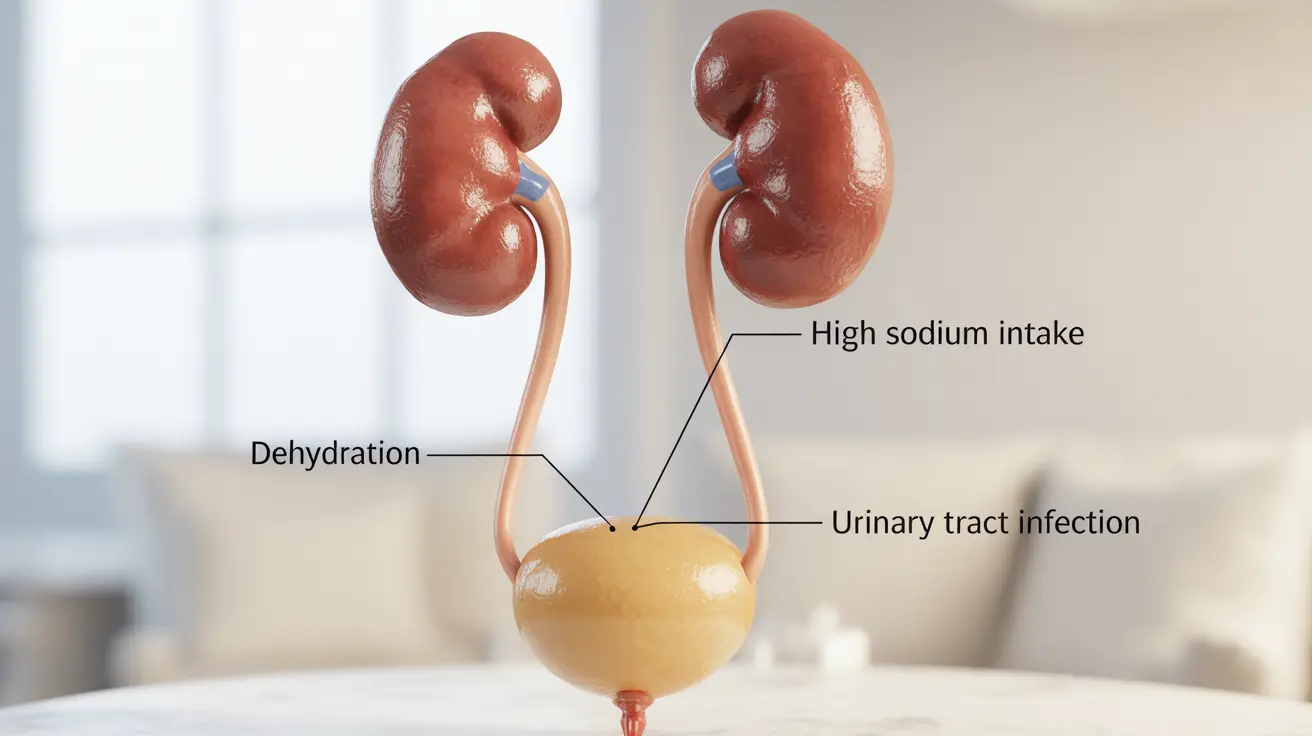Dysphoric milk ejection reflex (D-MER) is a distinct condition that affects some breastfeeding mothers, causing sudden negative emotions during milk letdown. While relatively uncommon, this condition can significantly impact the breastfeeding experience and maternal well-being. Understanding D-MER is crucial for proper diagnosis, management, and support of affected mothers.
Unlike postpartum depression, D-MER is specifically tied to the milk ejection reflex and typically lasts only a few minutes during each letdown. This article explores the complexities of D-MER, its symptoms, diagnosis, and effective management strategies to help mothers continue their breastfeeding journey successfully.
Understanding D-MER and Its Characteristics
Dysphoric milk ejection reflex is characterized by a brief but intense wave of negative emotions that occurs just before milk release during breastfeeding or pumping. These feelings typically last 30 seconds to 2 minutes and are distinctly different from general anxiety or depression about breastfeeding.
The condition is believed to be related to an inappropriate drop in dopamine levels during milk letdown, triggering these temporary emotional changes. This physiological response is involuntary and not related to any negative feelings about breastfeeding itself.
Recognizing D-MER Symptoms
The emotional symptoms of D-MER can vary in intensity and presentation among different mothers. Common experiences include:
- Sudden feelings of anxiety or panic
- Unexpected sadness or melancholy
- Emotional hollowness or emptiness
- Irritability or agitation
- Intense feelings of homesickness
- Unexplained dread or unease
These symptoms consistently occur with milk letdown and quickly resolve once the milk begins flowing. Understanding this pattern is crucial for proper identification of D-MER.
Diagnosis and Assessment
While there are no standardized diagnostic tests for D-MER, healthcare providers typically diagnose the condition based on the mother's reported symptoms and their specific timing in relation to milk letdown. The key diagnostic factor is the consistent occurrence of negative emotions specifically during milk ejection.
Managing D-MER During Breastfeeding
Several strategies can help mothers cope with D-MER while maintaining their breastfeeding relationship:
- Understanding that symptoms are temporary and physiological
- Practicing mindfulness and relaxation techniques
- Tracking triggers and patterns
- Ensuring adequate rest and nutrition
- Seeking support from healthcare providers and lactation consultants
- Connecting with other mothers who experience D-MER
The Role of Hormones and Emotional Well-being
The hormonal changes during milk letdown play a significant role in D-MER. Research suggests that the rapid dopamine decrease necessary for milk production may be more pronounced in mothers with D-MER, leading to the characteristic emotional symptoms. Understanding this biological basis can help mothers cope with the condition more effectively.
Frequently Asked Questions
What are the symptoms of dysphoric milk ejection reflex, and how is it different from postpartum depression?
Dysphoric milk ejection reflex causes brief, intense negative emotions specifically during milk letdown, lasting only a few minutes. Unlike postpartum depression, which is persistent and affects overall mood, D-MER symptoms are directly tied to breastfeeding and resolve quickly after milk release.
How is dysphoric milk ejection reflex diagnosed if there are no official diagnostic tests?
D-MER is diagnosed through careful evaluation of symptoms and their timing. Healthcare providers look for consistent negative emotions occurring specifically during milk letdown, distinguishing these from general mood issues or breastfeeding challenges.
What are some effective ways to manage or treat dysphoric milk ejection reflex during breastfeeding?
Management strategies include understanding the temporary nature of symptoms, practicing mindfulness, maintaining good self-care, and seeking support from healthcare providers and support groups. Some mothers find tracking their symptoms and triggers helps develop effective coping mechanisms.
Can stress or past trauma increase the likelihood of experiencing dysphoric milk ejection reflex?
While the exact relationship between stress, trauma, and D-MER isn't fully understood, these factors don't appear to directly cause D-MER. However, stress management techniques can help cope with symptoms when they occur.
Is there a link between dysphoric milk ejection reflex and hormonal changes like the drop in dopamine during milk letdown?
Yes, research suggests that D-MER is linked to the necessary dopamine drop during milk letdown. In mothers with D-MER, this hormonal change may be more pronounced or processed differently by the body, leading to the characteristic emotional symptoms.




